Discover 11 hidden attractions, cool sights, and unusual things to do in Brindisi (Italy). Don't miss out on these must-see attractions: Teatro Verdi, Port of Brindisi, and Museo Archeologico Provinciale F.Ribezzo. Also, be sure to include Chiesa di Santa Teresa in your itinerary.
Below, you can find the list of the most amazing places you should visit in Brindisi (Apulia).
Table of Contents
Teatro Verdi

Theatre in Brindisi, Italy. The Theatre Nuovo Teatro Giuseppe Verdi of Brindisi, Italy was inaugurated on December 20, 2006, with a concert directed by Maestro Riccardo Muti.[1]
Address: Via Santi 1, 72100 Brindisi
Port of Brindisi
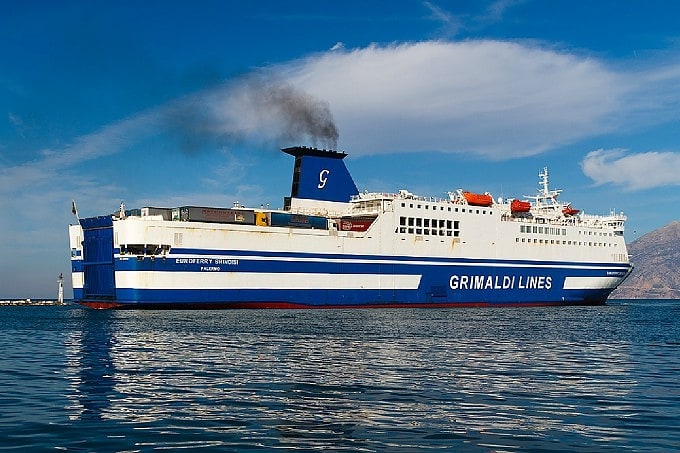
Also known as: Porto di Brindisi
Seaport in Brindisi, Italy. The port of Brindisi is a port in Brindisi, Italy. It is used for tourism, commercial and industrial shipping on the Adriatic Sea. Tourist traffic offer connections with the Balkan Peninsula and Turkey, while commercial concerns include coal, fuel oil, natural gas, and chemicals. For more than two millennia, the harbour has been involved in military and commercial operations.[2]
Museo Archeologico Provinciale F.Ribezzo

Specialty museum, History museum, Museum
Address: Piazza Duomo, 6, 72100 Brindisi
Chiesa di Santa Teresa

The Church of St. Theresa is a Baroque church overlooking the square of the same name in Brindisi.
It was built through the munificence of priest Francesco Monetta (1670) and was the seat of the convent of the Teresians (Discalced Carmelites) with the dedication to St. Joachim. When the convent was suppressed, it became a military headquarters in 1807: after restoration around 1980 it is the seat of the State Archives.
The façade has the forms of a modest Baroque with a few stone inserts (niches, pinnacles and volutes) on a carparo tuff face.
Inside, on either side of the high altar, two canvases by Diego Bianchi (St. Joseph and Ecstasy of St. Theresa); in the first chapel on the right, Nativity, a 17th-century painting extremely interesting for its depictions of Salento costumes of the time; on the left, canvas with St. Andrew (17th cent.), Our Lady of Mount Carmel handing over the scapular by Serafino Elmo of Lecce; stone statue St. Francis of Paola; marble epigraph of Don Aloysio Ferreira (18th cent.) benefactor. On the over door Education of the Virgin Mary (18th cent.).
Address: Piazza Santa Teresa, ., 72100 Brindisi
Tempio di San Giovanni al Sepolcro

The church of San Giovanni al Sepolcro is a Romanesque church located in the historic center of Brindisi, closed for worship but open to the public with guided tours.
Address: Piazza di San Giovanni al Sepolcro, Brindisi
Monumento al Marinaio d'Italia
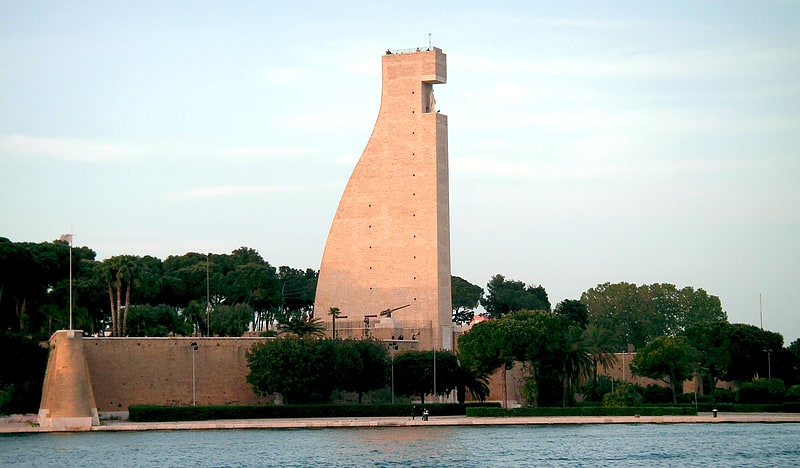
The Monument to the Sailor of Italy is a rudder-shaped structure about 53 meters high that stands out over the port of Brindisi; the structure is made of reinforced concrete entirely clad in carparo. It is colloquially known among Brindisi residents as "la jatta 'ssittata."
Address: Viale Duca degli Abruzzi, 72100 Brindisi
Castello Alfonsino
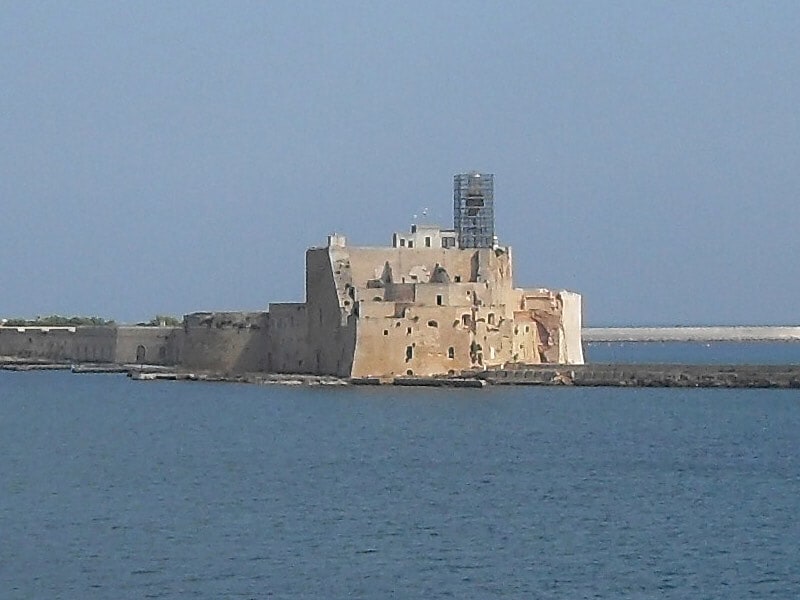
Forts and castles
Castello Svevo
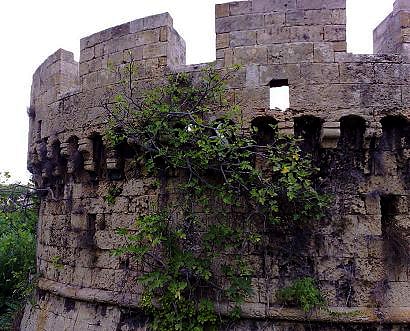
Historical place, Forts and castles
Address: Via Cristoforo Colombo, 77-79, 72100 Brindisi
Via San Pietro degli Schiavoni
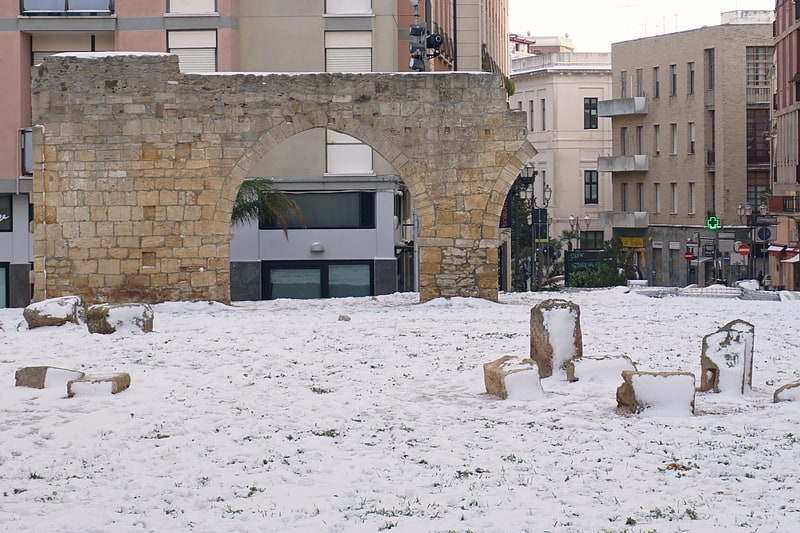
The archaeological area of San Pietro degli Schiavoni is an archaeological area in Brindisi below the Verdi Theater, Via Santi 1, which features elements and artifacts of the ancient Roman city.
San Pietro degli Schiavoni is the name of the centrally located neighborhood that housed a church dedicated to the saint of the same name and was home to inhabitants of Slavic and Albanian origin who were key players in immigration as early as the second half of the 15th century.
In the early 1960s a number of mostly dilapidated houses in the neighborhood were demolished with the aim of building the new Palace of Justice, then housed in the Granafei-Nervegna building. Remains of the medieval city were discovered, which were destroyed by bulldozers at the time. Having stopped work on the construction site, systematic excavations were carried out by the local archaeological superintendency.
When the excavations were completed, an insula of the Roman-era Brindisi was brought to light.
In 1967 the municipality had planned to build a new municipal theater on that area, but the importance of the discovery and the conservation constraint imposed still led to the revision of the project. The new design of the Verdi Theater, by architect Enrico Nespega, was therefore that of a huge steel building, "a suspended theater," so that the entire archaeological area would remain usable for tourists and scholars.
Address: Via Santi 1, 72100 Brindisi
Duomo
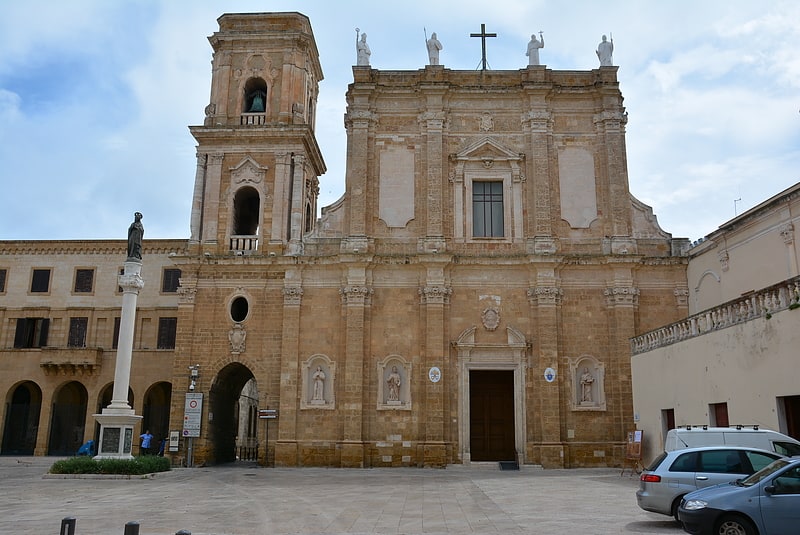
Church
Address: Piazza Duomo, Brindisi
Palazzo Granafei-Nervegna
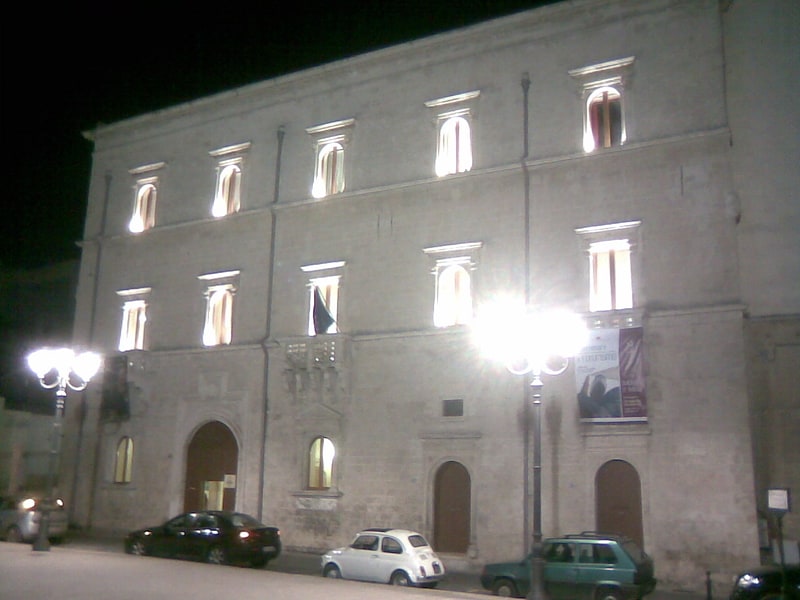
The Granafei-Nervegna Palace is a historic building in Brindisi located on Duomo Street.
Address: Via Duomo 20, 72100 Brindisi